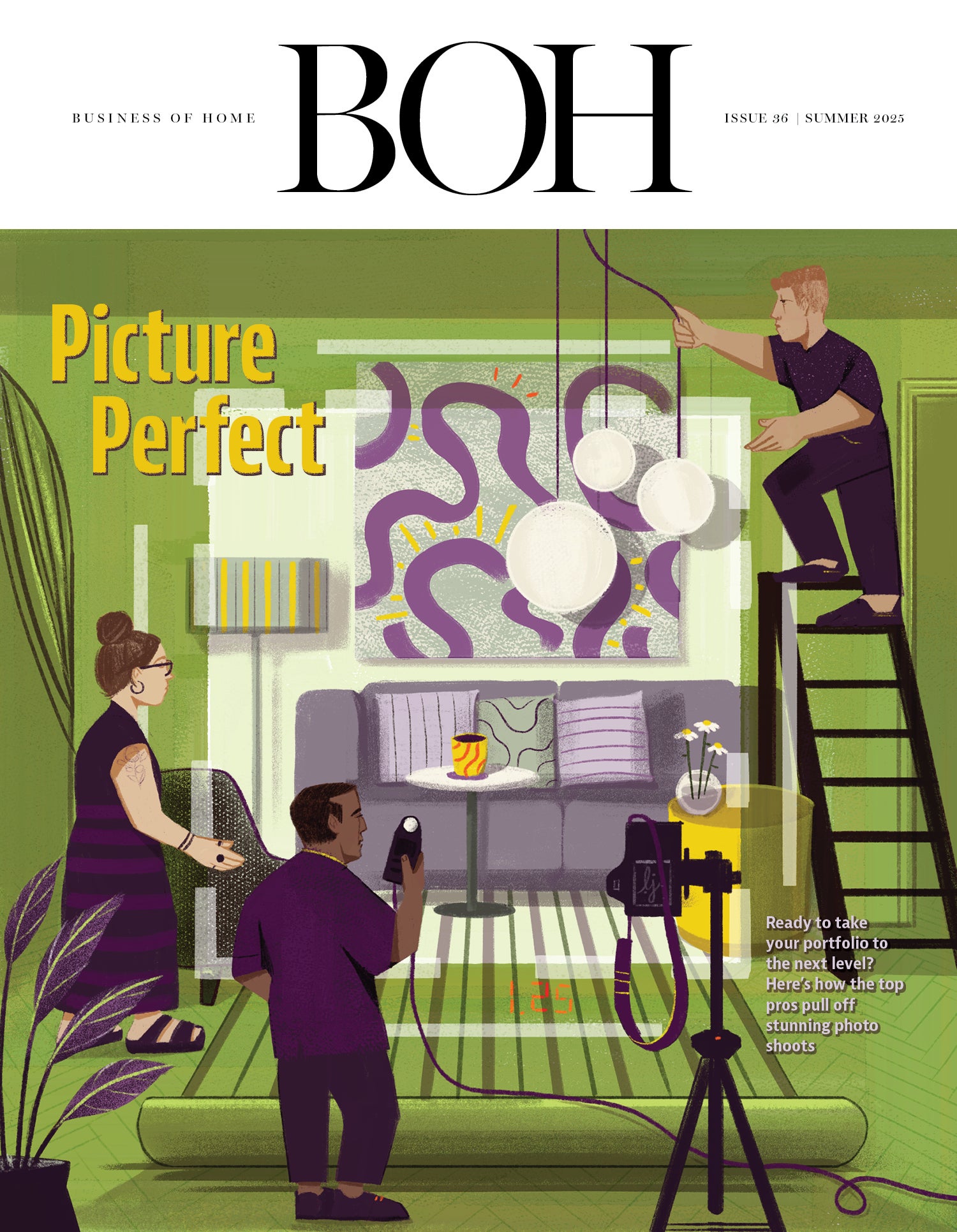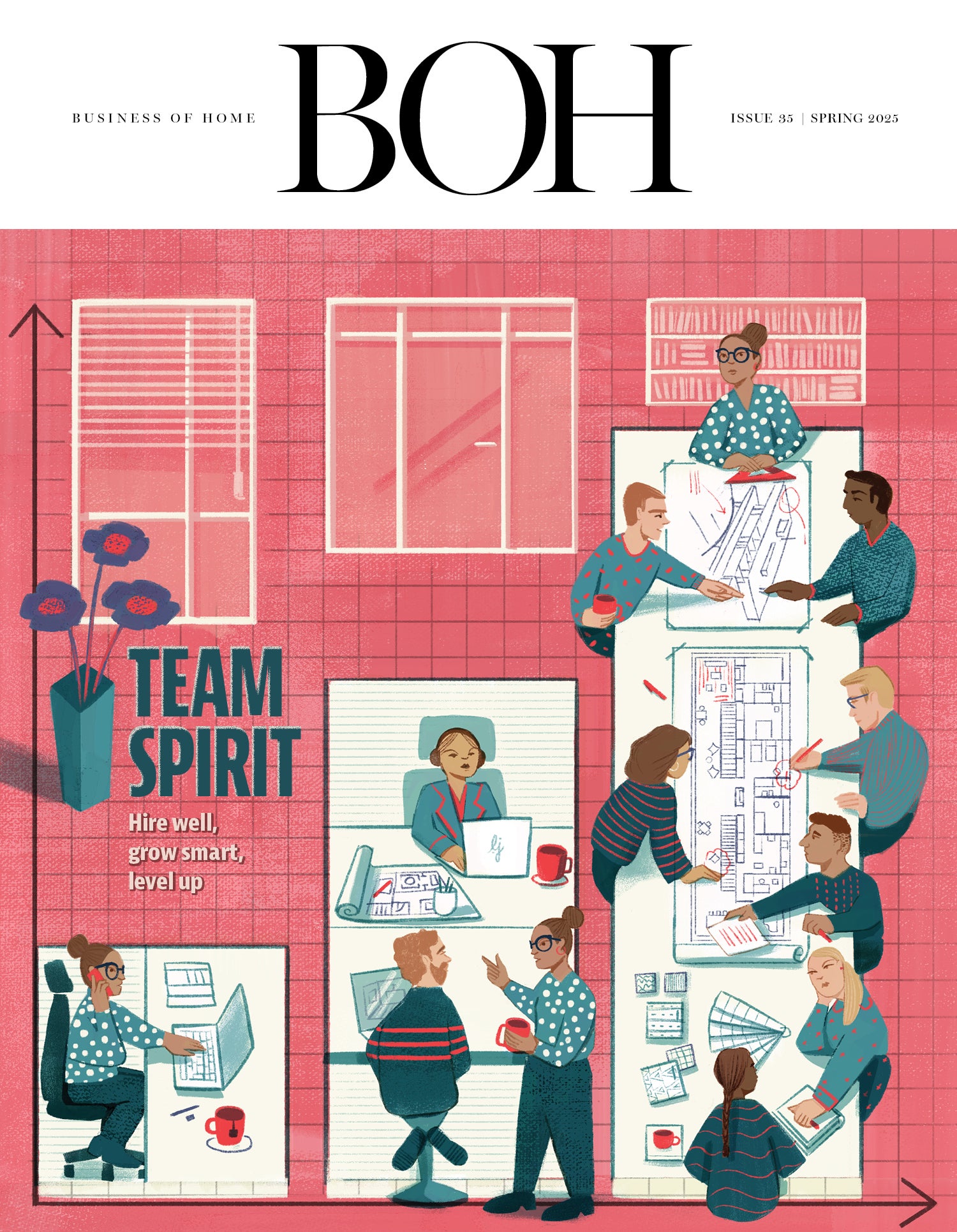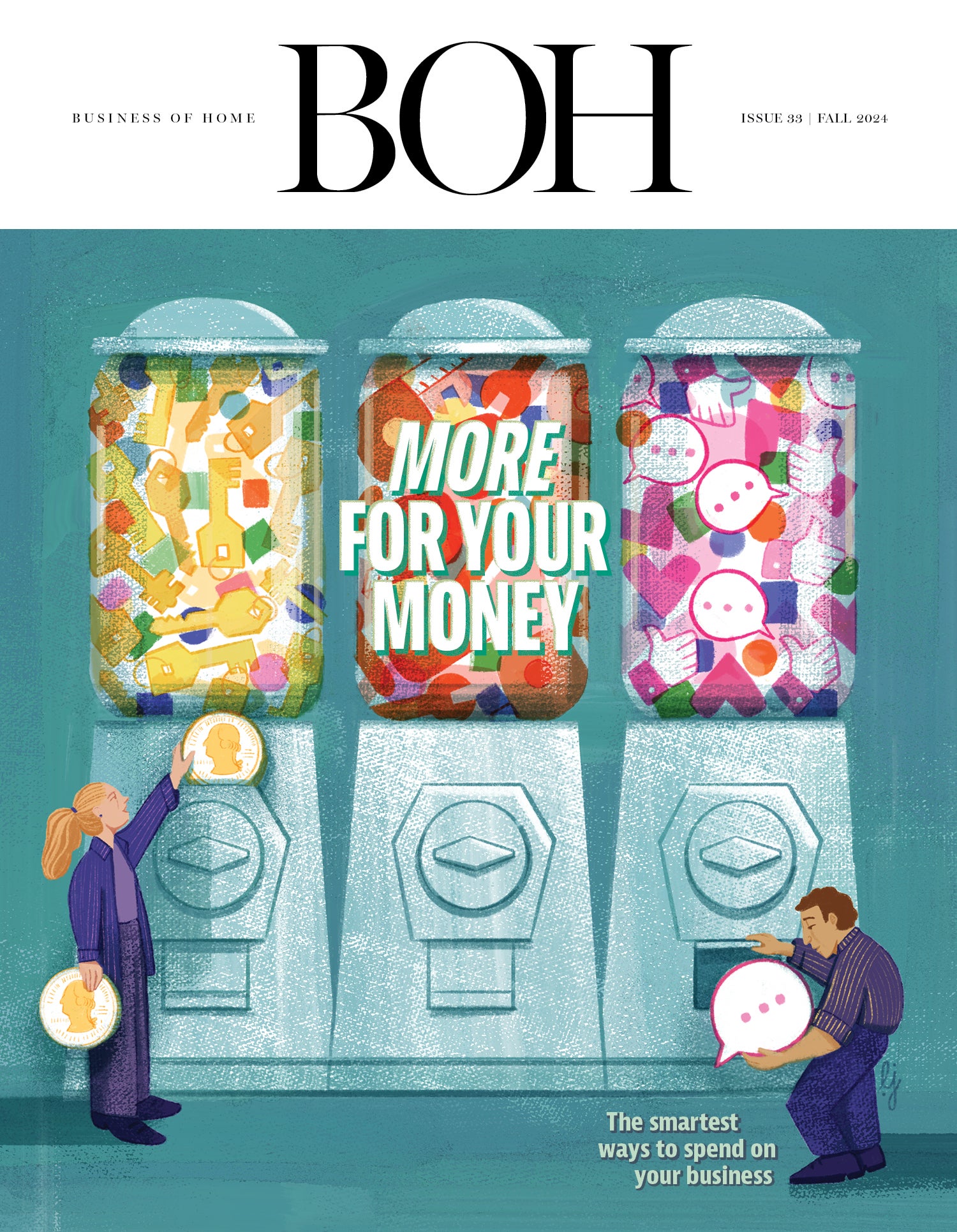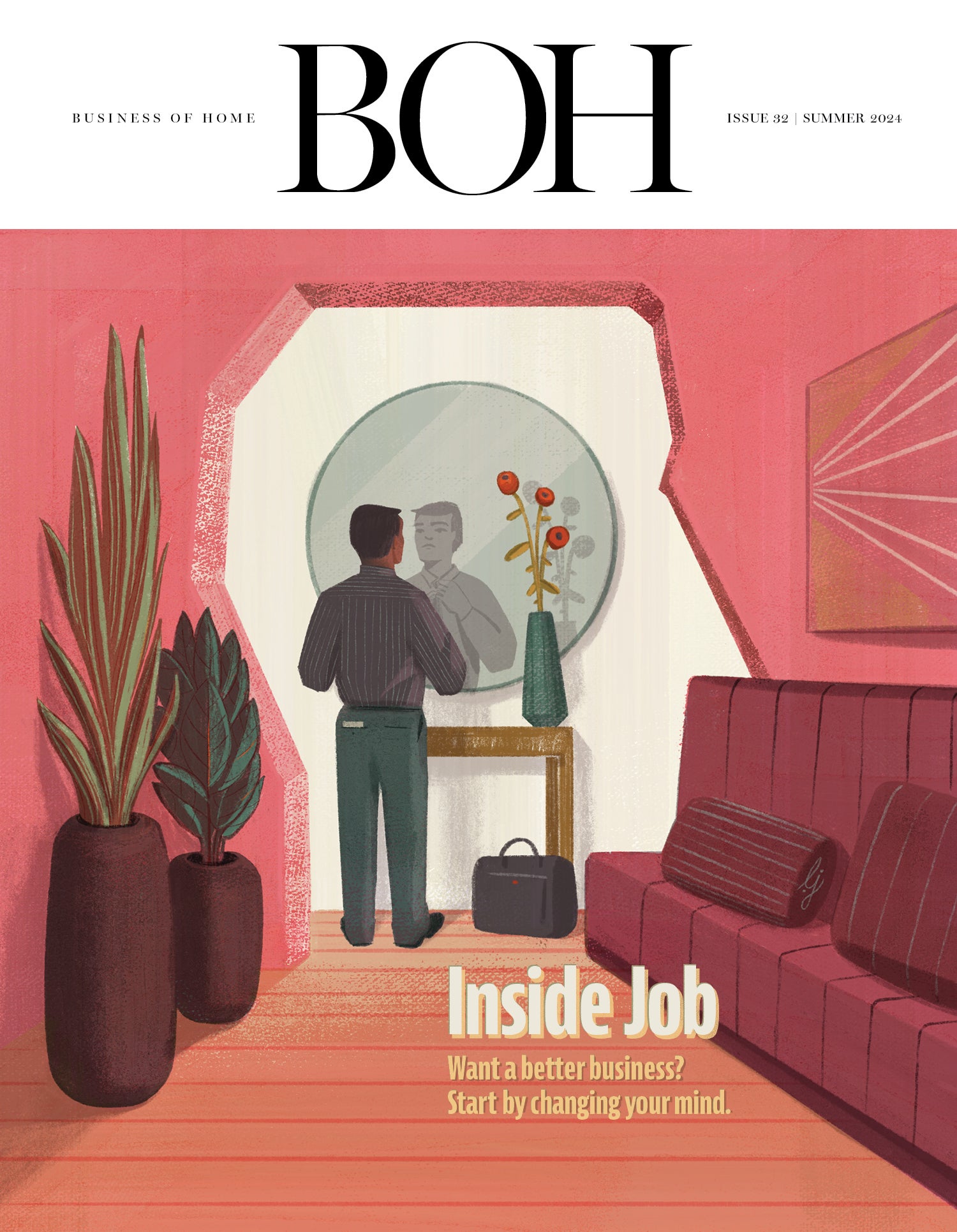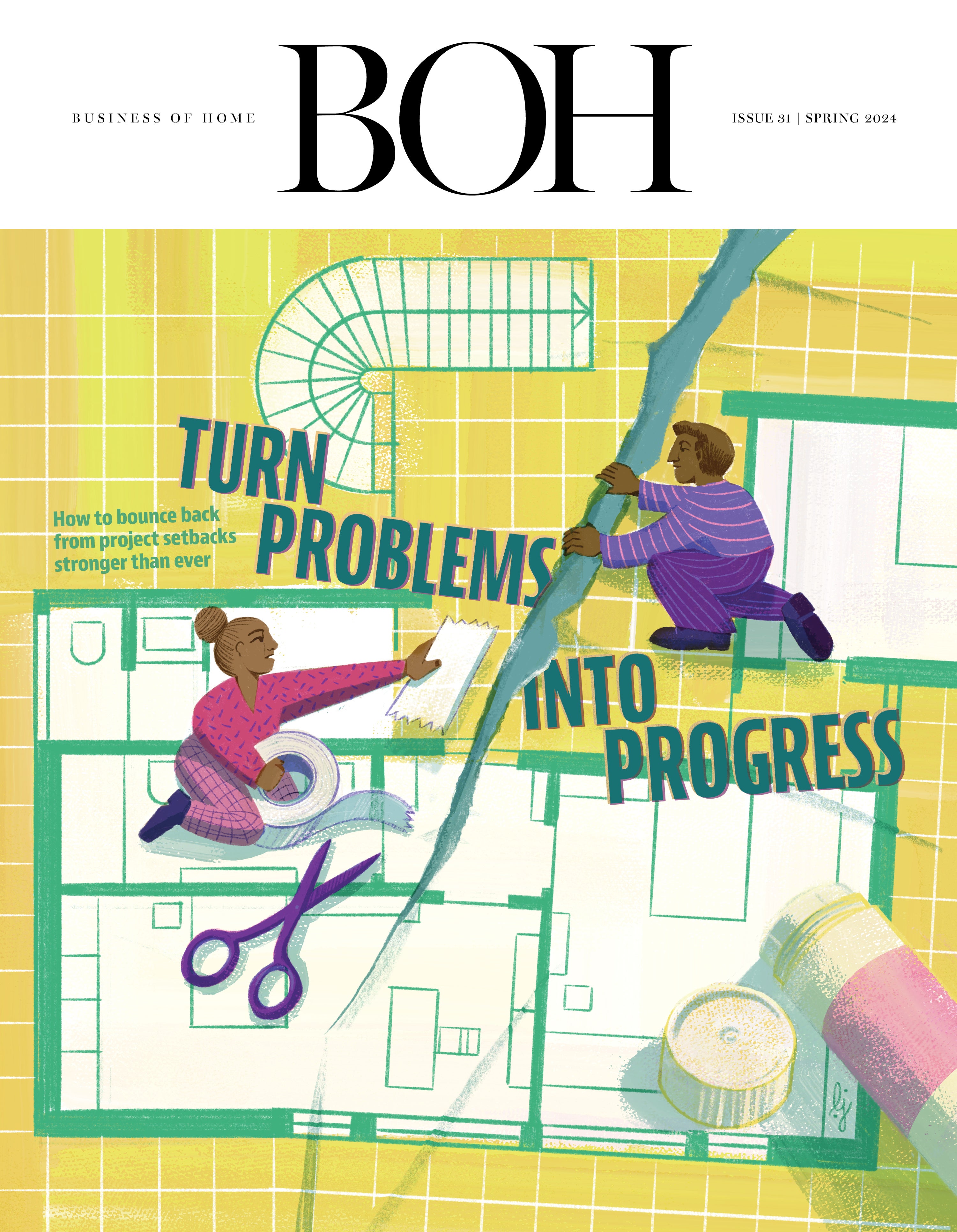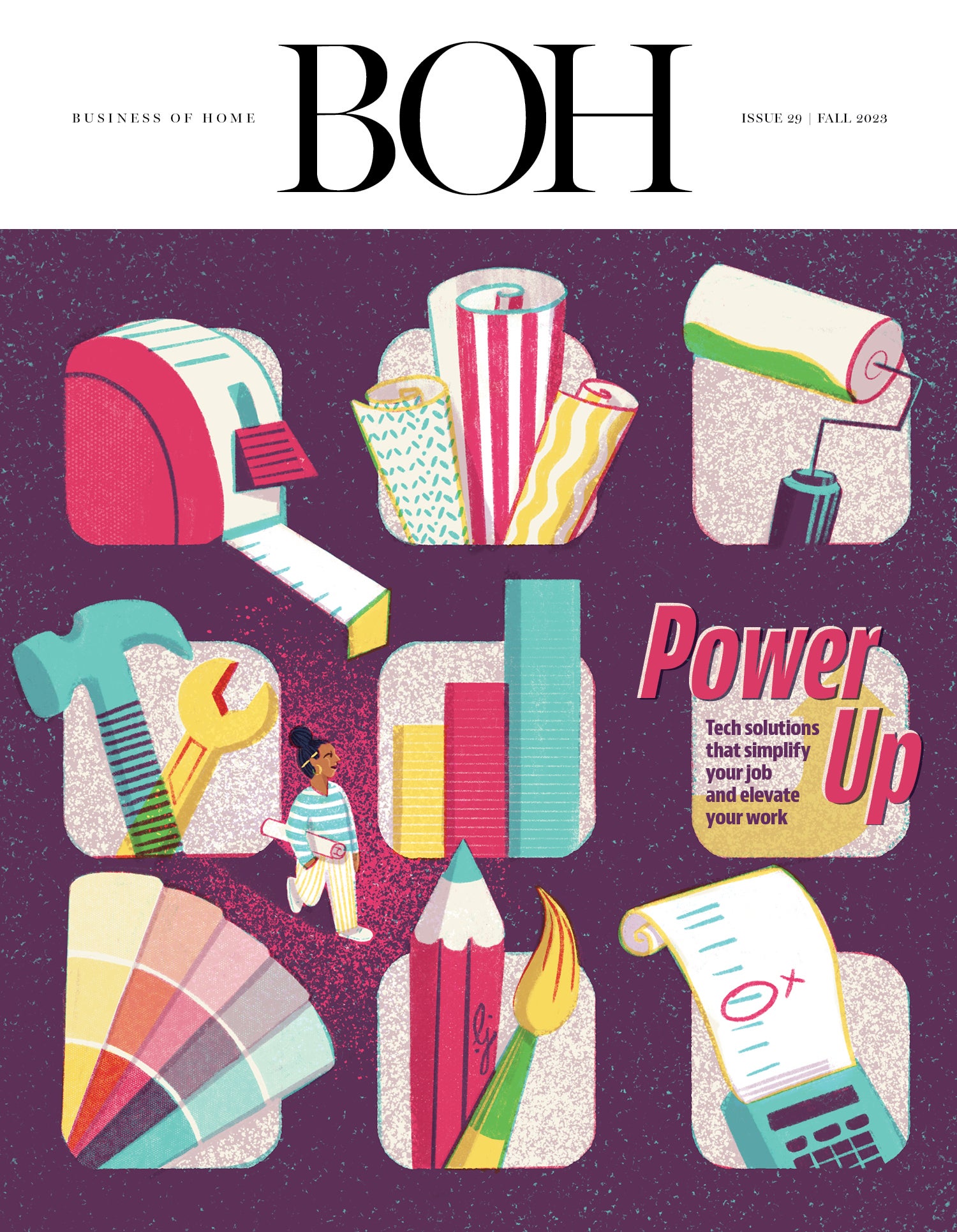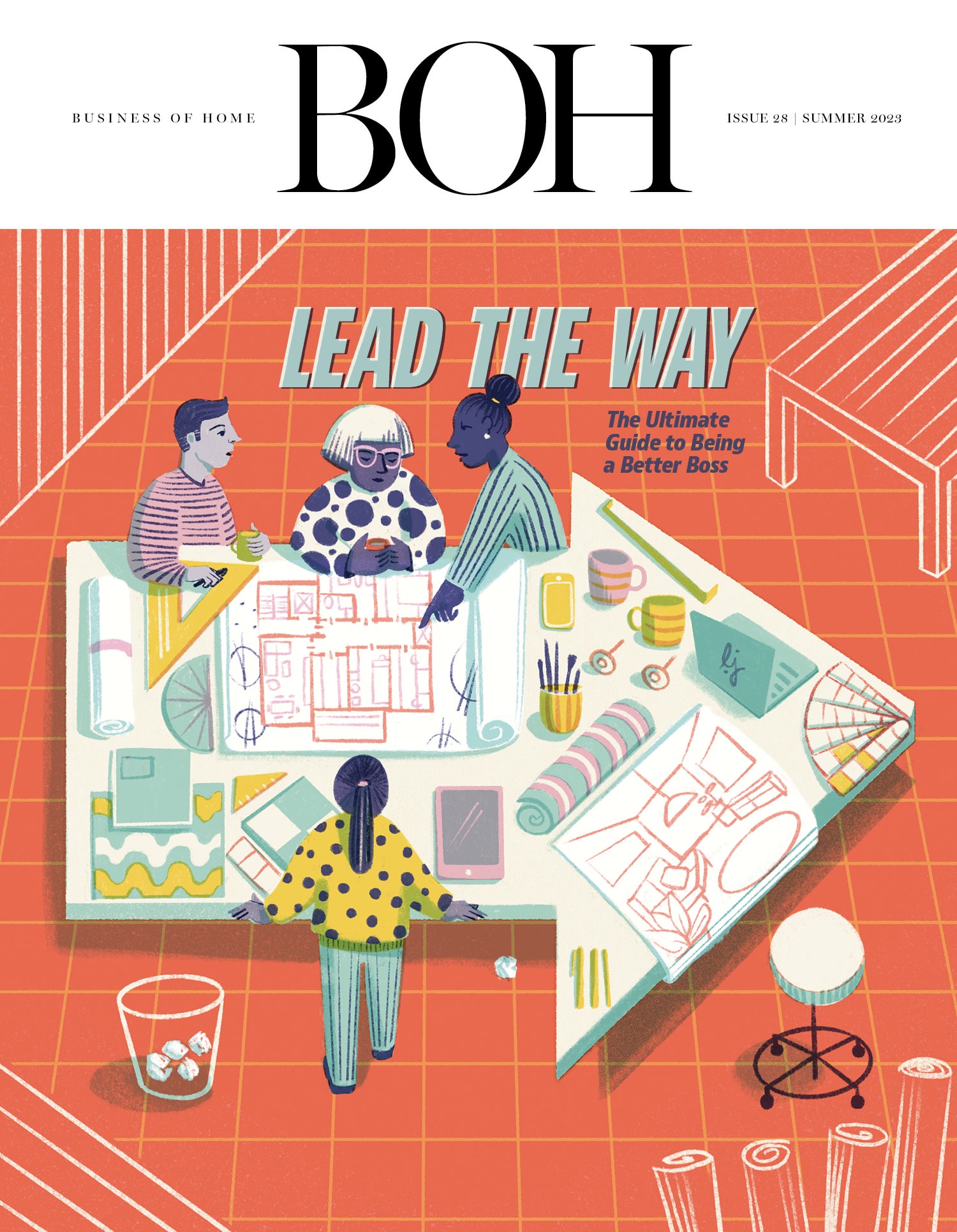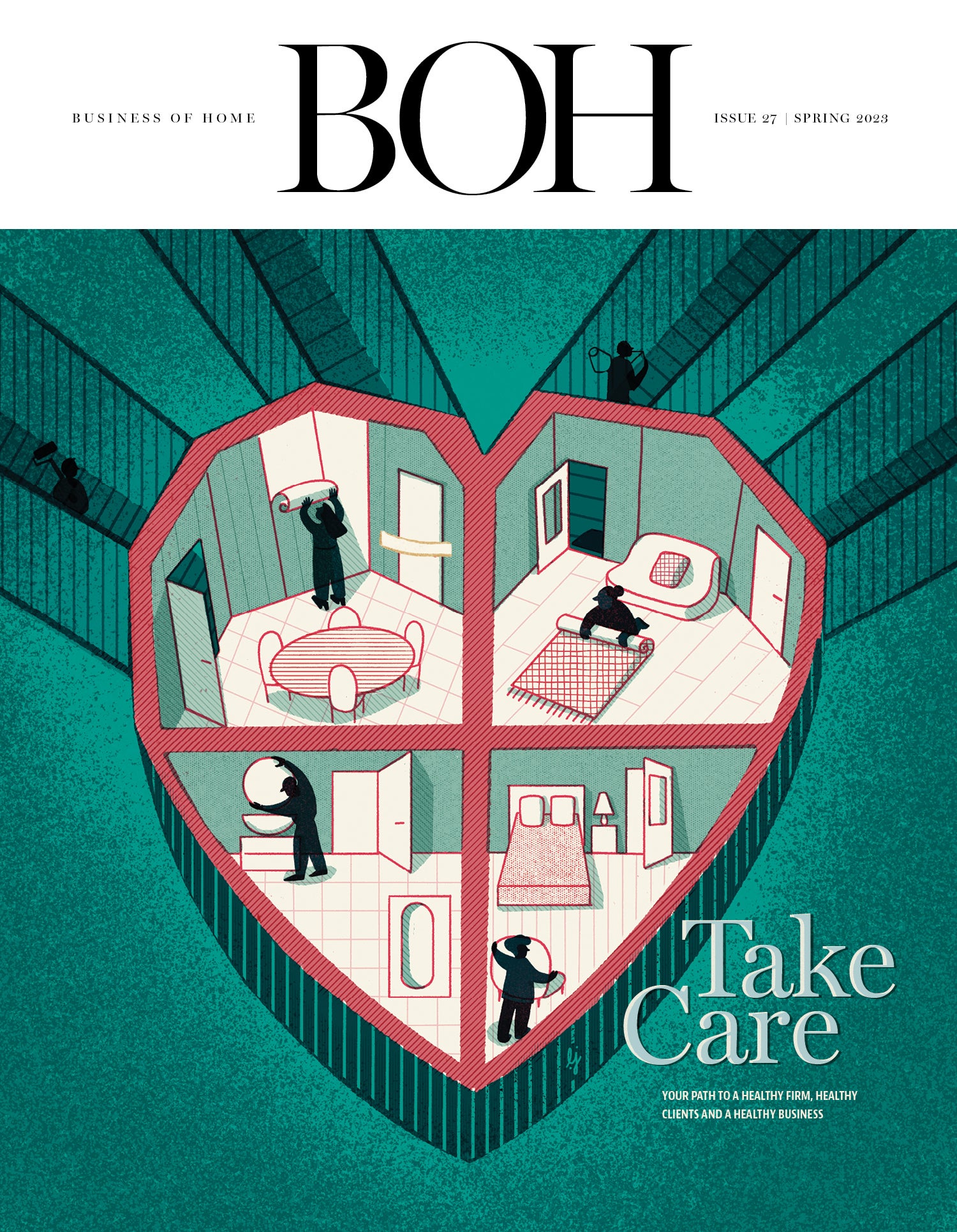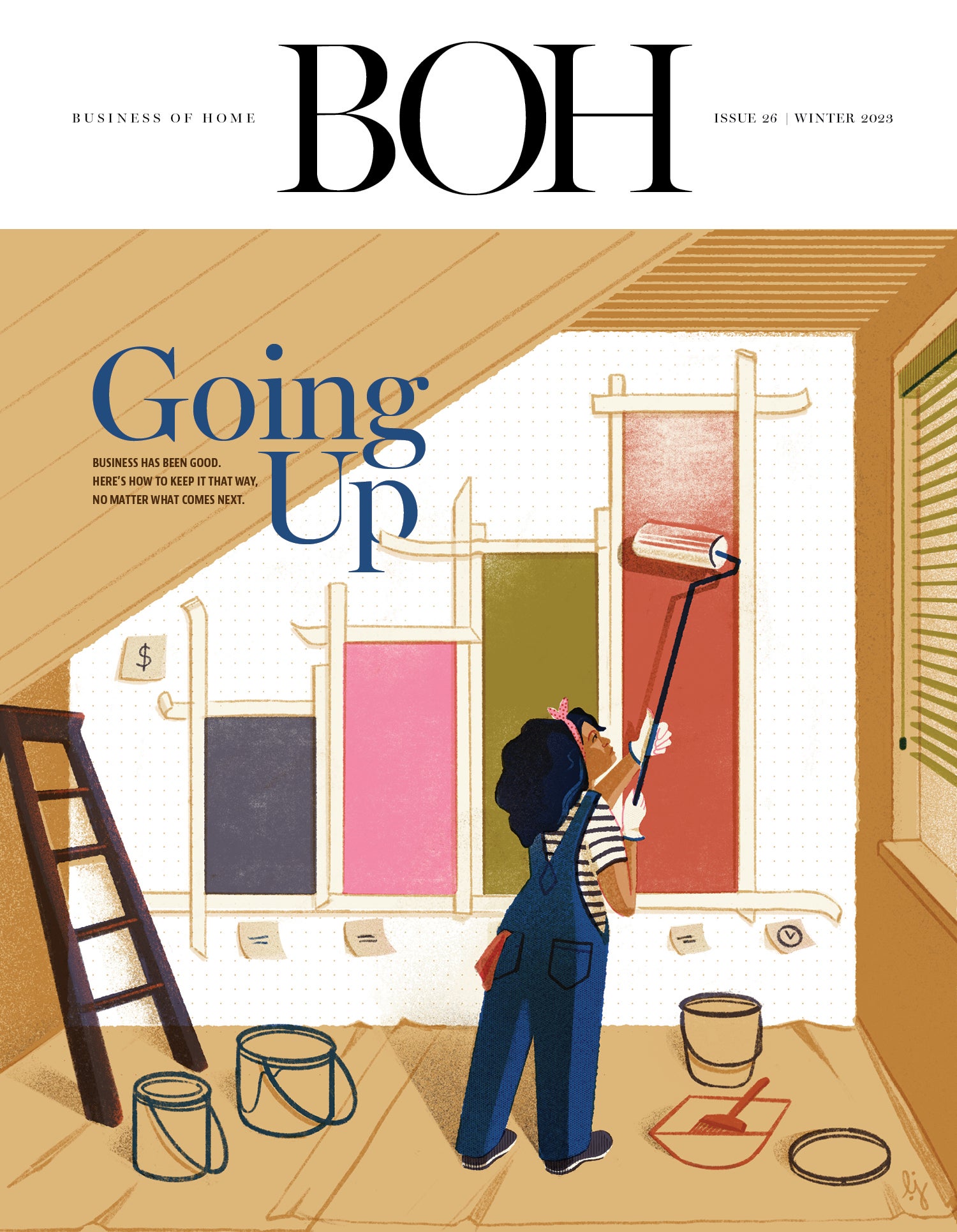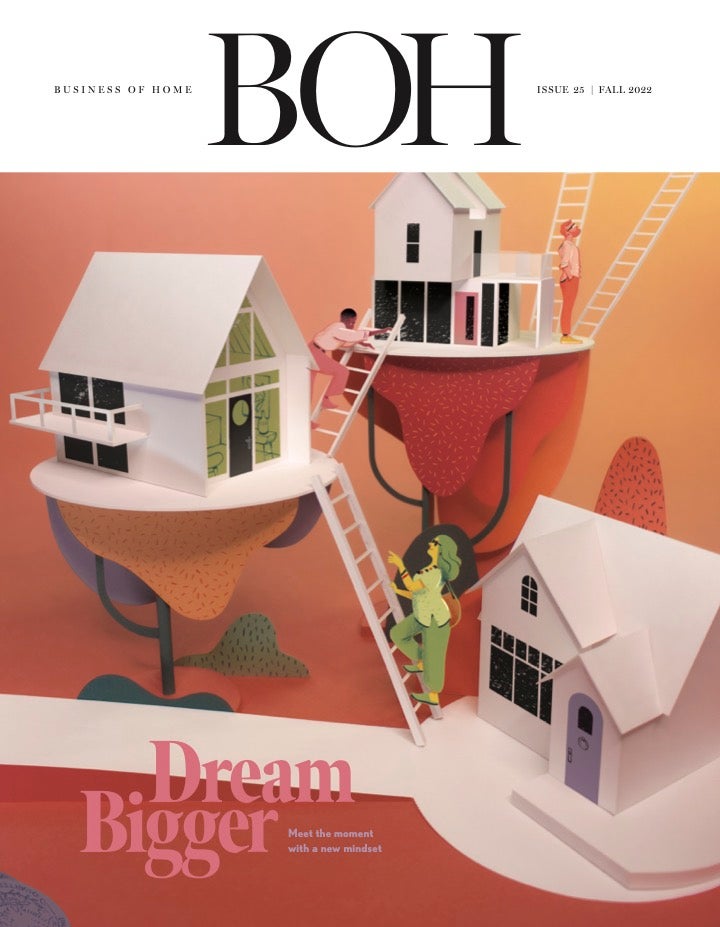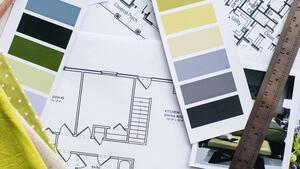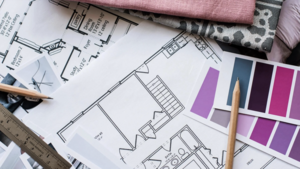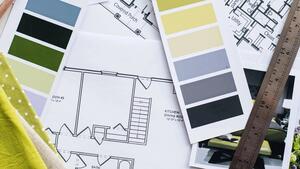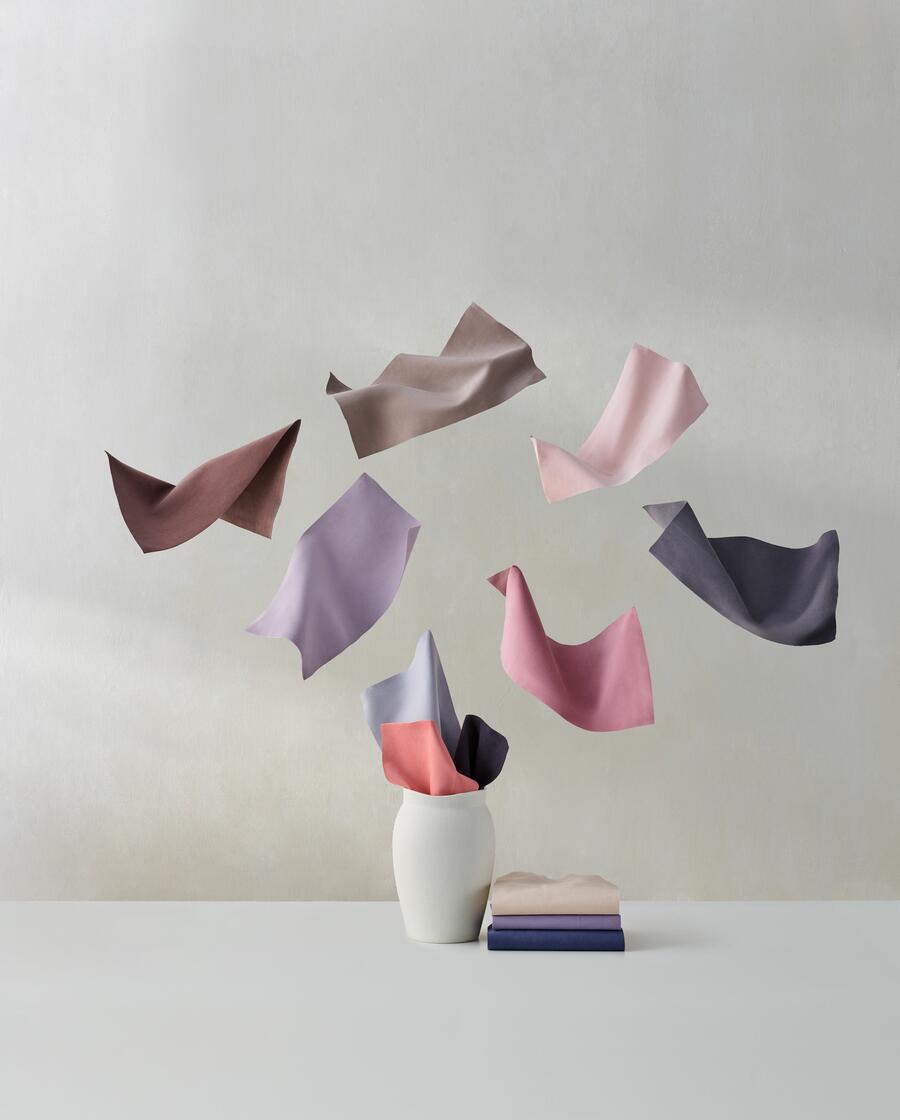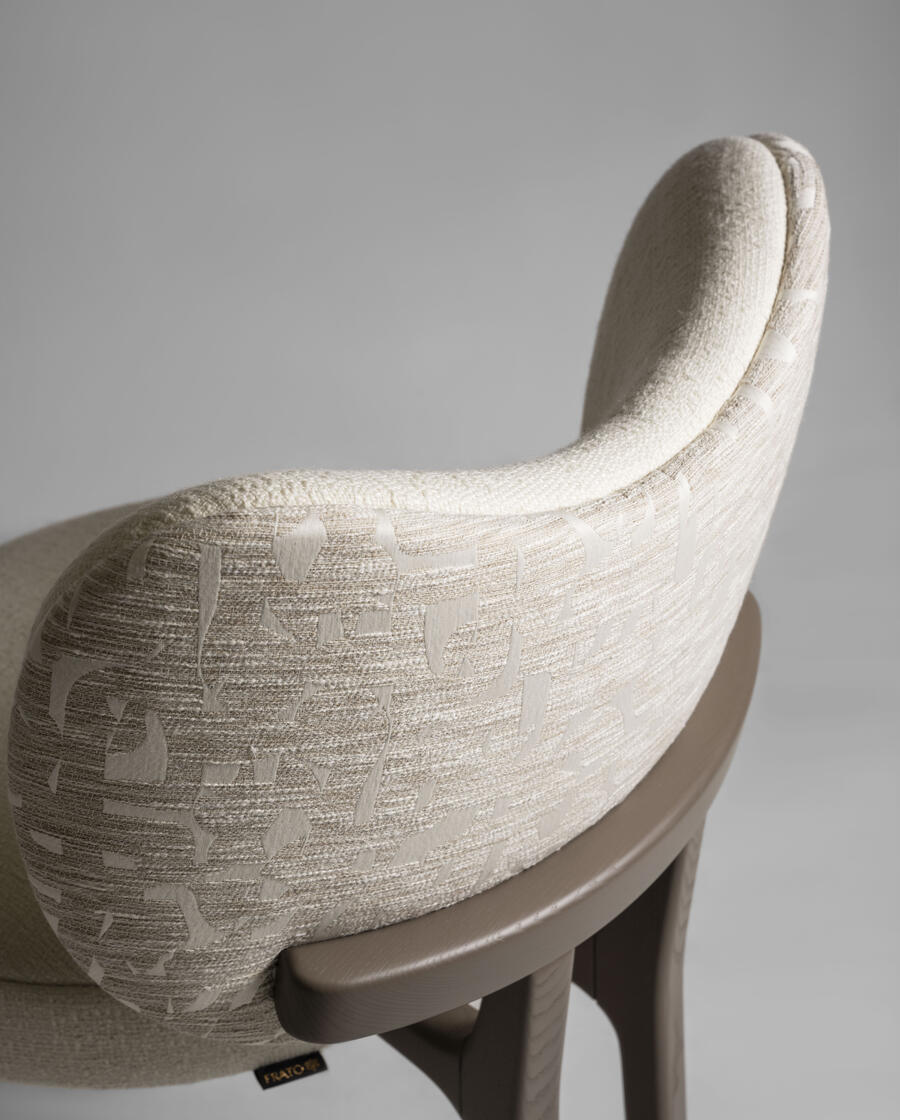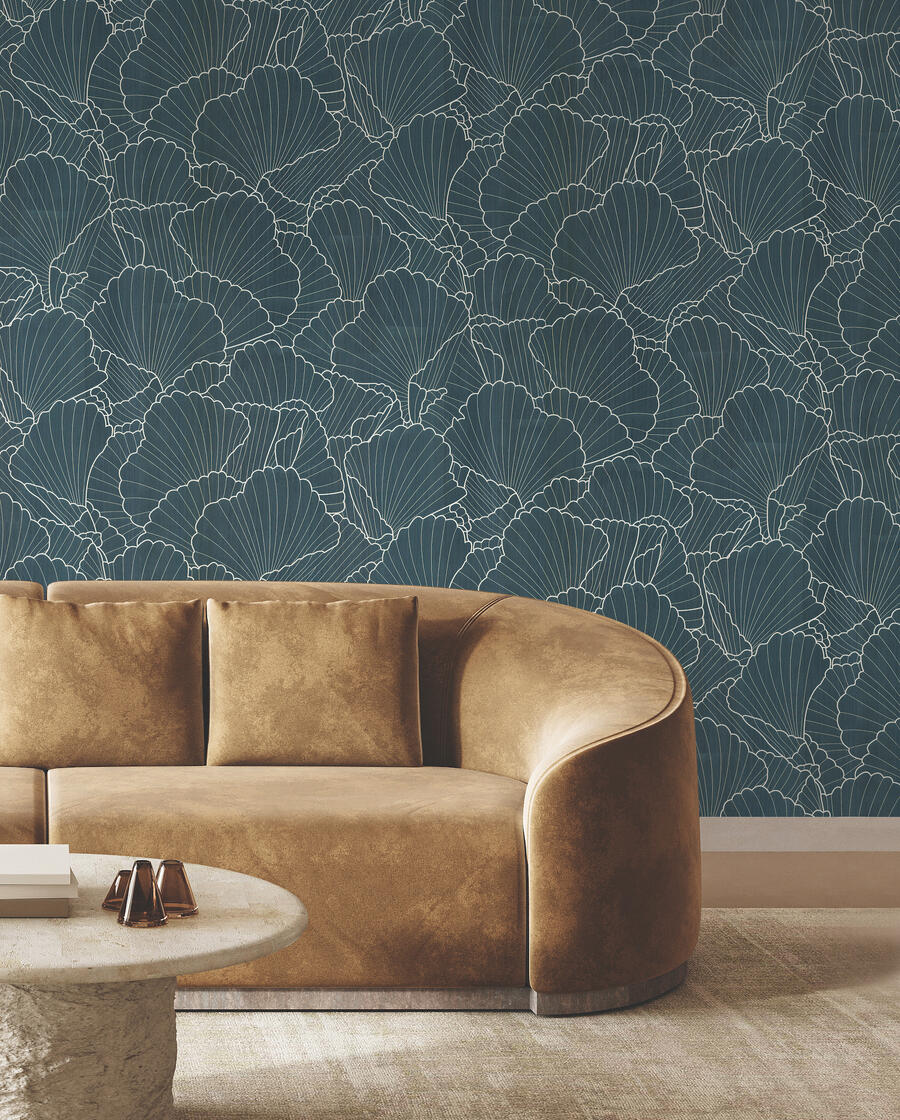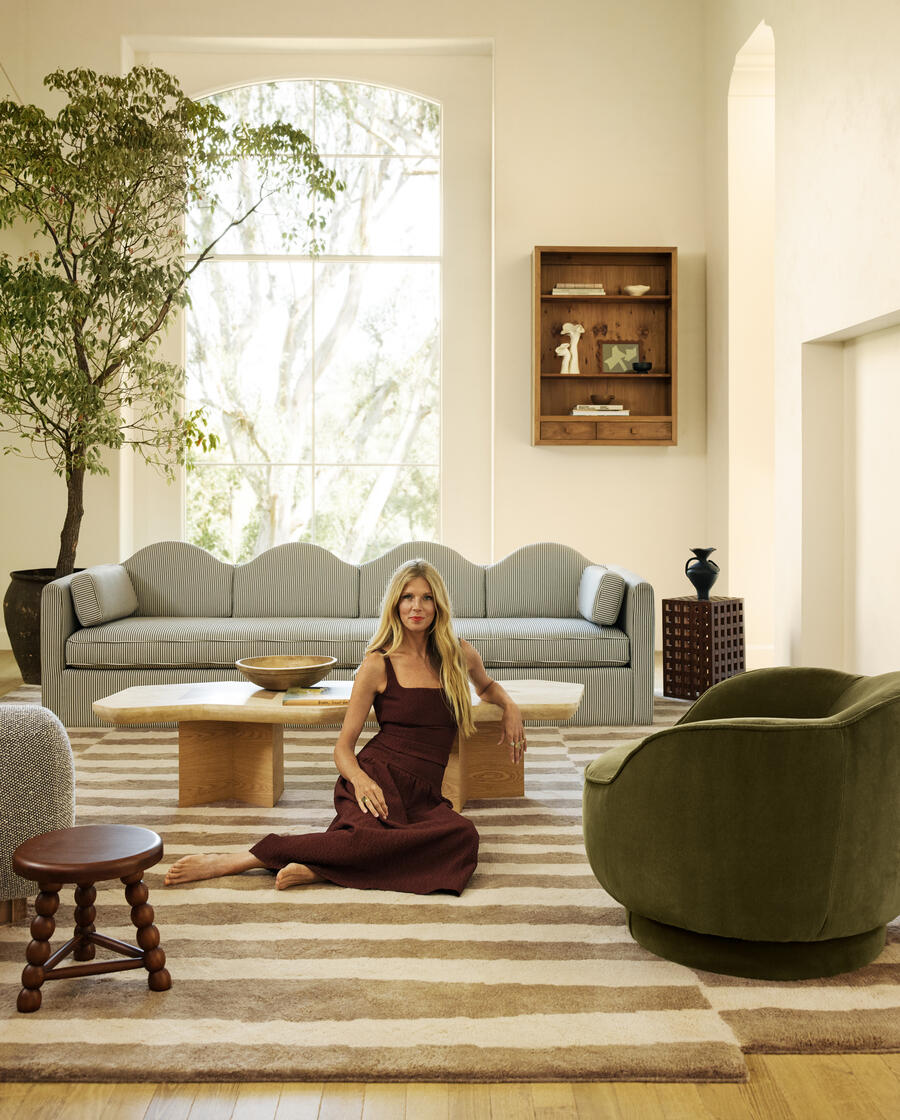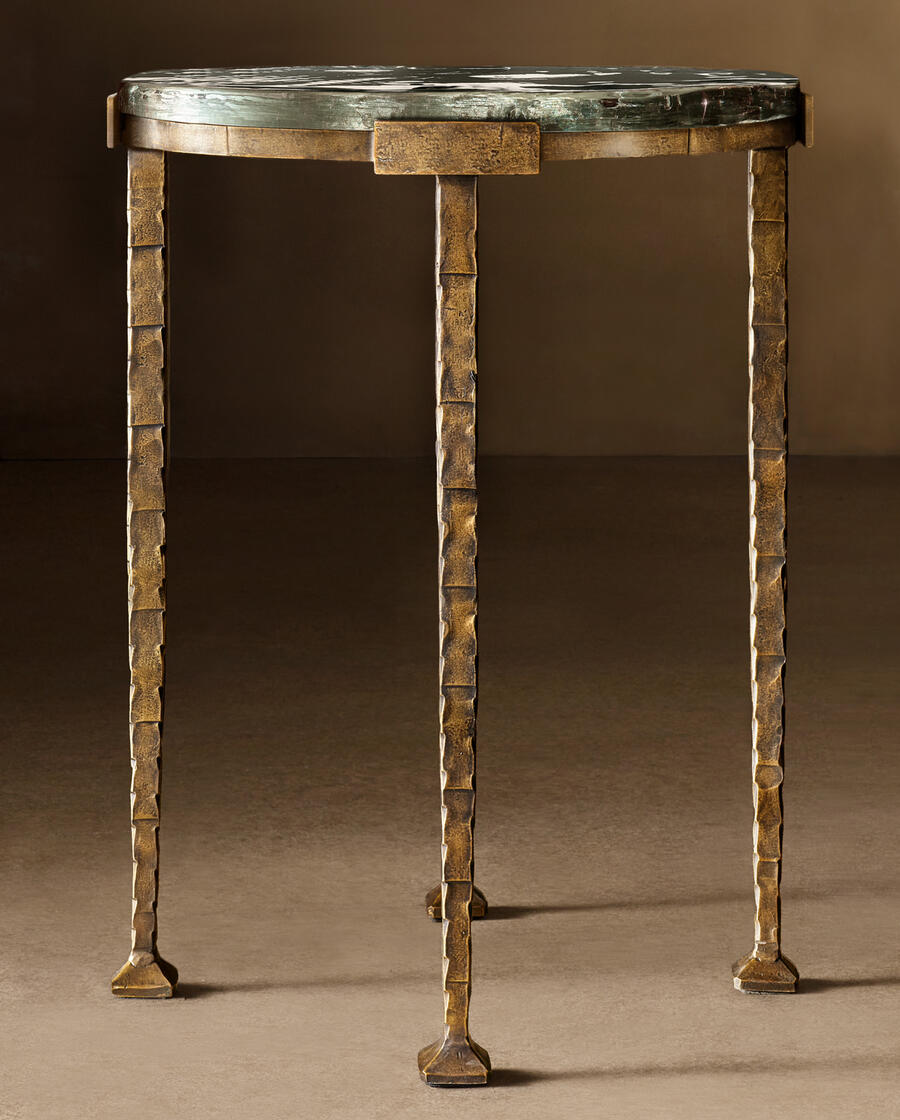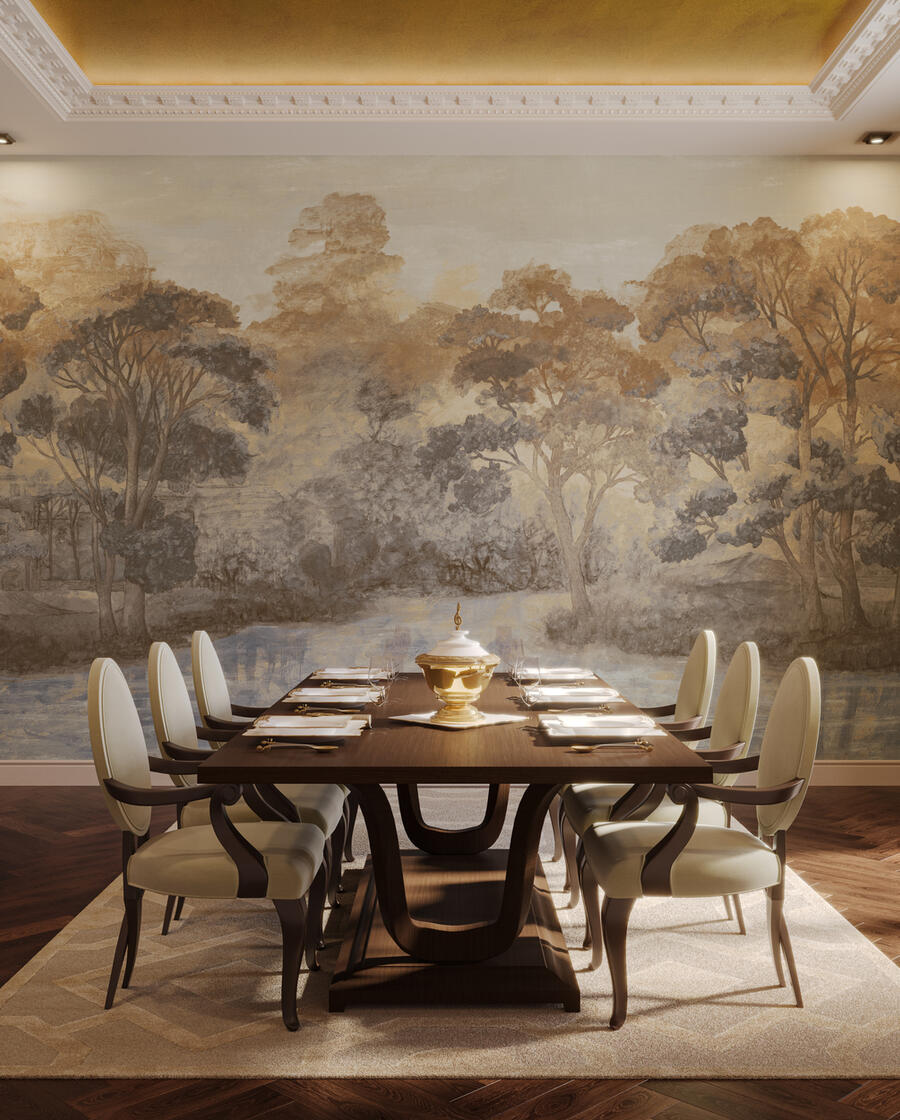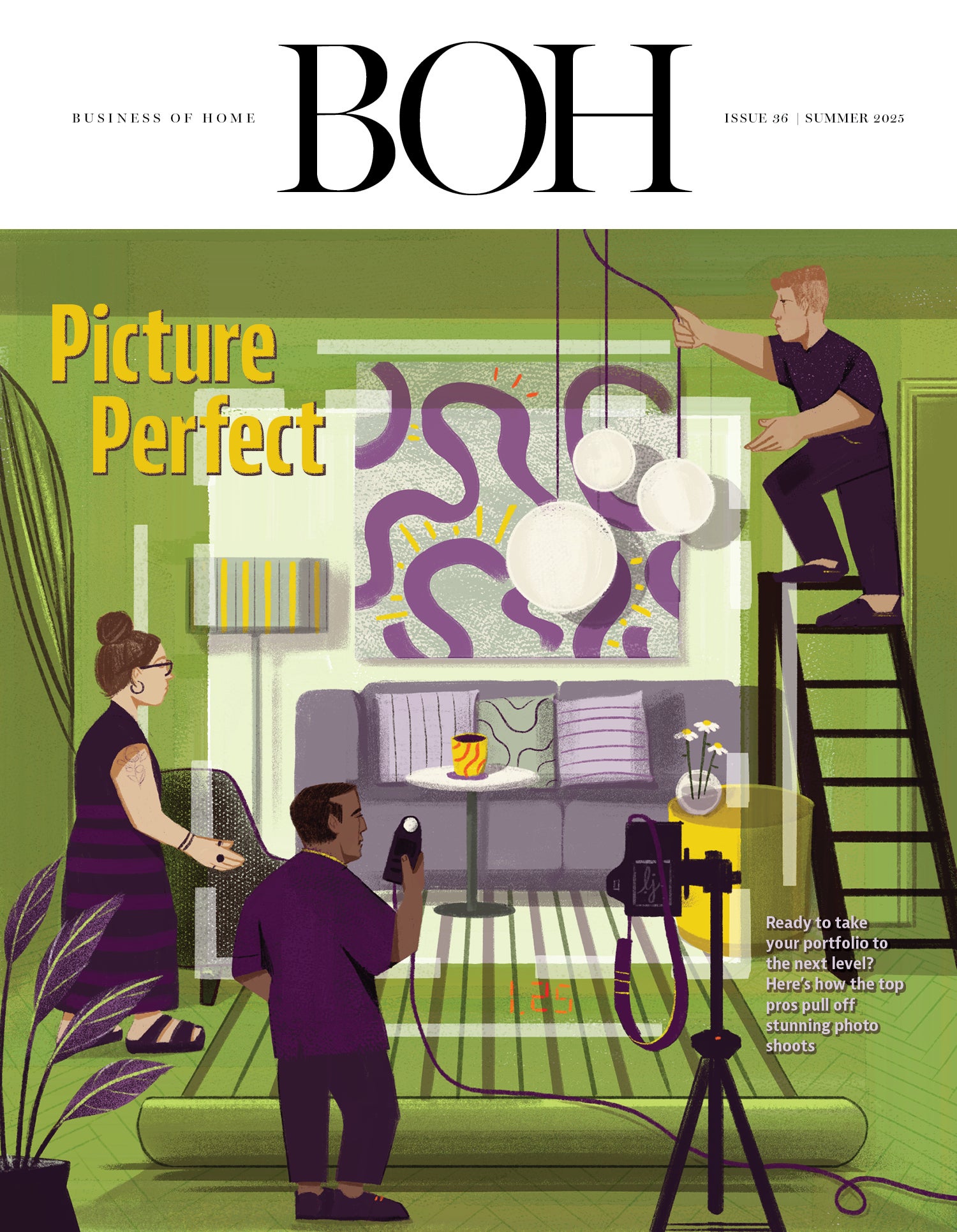Creative business coach Sean Low has been fielding designer questions for Business of Home since 2018. The industry has changed a lot since then—and so has Low’s industry-leading advice. With that in mind, he’s revisiting some of his early columns with fresh eyes, starting with this query about a firm’s fee structure. Here’s his take today.
Dear Sean,
I’m negotiating payment terms with a prospective client for a large residential construction project. The work could take 18 to 24 months to complete. For longer projects like this, I typically require a larger payment upfront, with the remainder broken down into two to three additional payments; but based on the suggestion of another designer, for this project, I proposed a schedule based on an initial fee, then 12 equal monthly payments.
Here’s where it gets tricky: The client has rejected both of those options. Instead, they want to pay a percentage of the total project cost to start, then break the project down into smaller scopes of work and pay for each part upon completion. I’m not sure how I feel about that pricing strategy—what would you suggest?
Sincerely,
On the Money
Dear On the Money,
Here is what has happened in the six and a half years since this column was first published: everything. Just think of how designers were regarded pre-Covid versus the way they are today. The shift in cultural perception when it comes to the power and integrity of design being just as integral as in other respected professions (think: medicine, law, architecture, accounting) has been profound.
With recognition comes the responsibility of value delivery. My advice for payment schedules still stands: Yes, you want to price from the top down and get what you need on an ongoing basis, no more and no less. However, the impetus for the definition of value delivery has never been stronger.
Extending what I spoke about in my last column, it means that learning to discuss the power of design and how it is to unfold for your firm is the key to your future success. Simply, to earn the right to undertake a project, you have to know what you need in total for a project (what I spoke of in 2018 is even more true today), then divide that number into design (whether that’s just decor or decor and interior architecture) and production (that may mean procuring, storing and installing furnishings; it may also include project management of construction as well).
The only reason that clients care about the breakdown of your fee into its component parts is that you make them care. At the end of the day, if they know the number you will be charging them to do their project, why would they care about each piece? But as my last column made abundantly clear, you certainly must care. All money is not the same: I see too many designers fighting for the minutiae while losing the thread of certainty. (Hello, hourly billing!)
Instead, focus on value delivery, so that you’re getting paid for the moment you are in and then moving on to the next, and then getting paid for that. Clarity of spend matters far more today than it did in 2018, because the market is now defined more than ever before by what fees for luxury design should look like. Ironically, the higher the luxury, the easier it is for clients to understand and for you to get paid for the value to be delivered when it needs to be delivered. Think about high-end fashion: Prada, Gucci and Versace are priced similarly, and the businesses actually have very similar metrics when it comes to profitability and expenses. The same is true at top-end law firms and architecture firms.
What does that mean for you? We should safely assume that designers working in the luxury residential space are positioned to achieve gross profit margins of between 50 and 55 percent on fee revenue. Revenue should be approximately 35 to 55 percent of a decor budget, depending on the level of complexity (factors like construction and time will come into play here).
The reason to use decor is that it is the only number where a designer can define the denominator. Let’s say a project has an $800,000 decor budget with some construction, and the entire project will take a year. A healthy revenue number for the project would be $360,000; gross profit should be a little less than $200,000.
Why does this all matter today? Because clients are smart and they really do understand the value of interior design better and better each day. I am of the mind that these clients want their designer to be paid fairly for their work and strongly resist those that would both undercharge or overcharge for it.
But in those conditions, it’s on you to know what you need, when you need it and for how long. In the above example, clients know that you should receive $360,000. That is why updating 2018 to today means you appreciate the power of clarity far beyond anything “transparency” can bring. It means the more matter-of-fact that you are about overall fees and value delivery, ironically, the less that money will matter. You walk into Prada knowing what you are going to have to pay to get the outfit you like, so you really focus on which outfit you like best first, price second. Your design business should be no different.
When it comes to creative businesses like interior design, the client is almost always wrong. If they could see what you see and do what you do, they would not need you. To give them the benefit of your talents, you have to own your business story as yours and yours alone. How you get from “we do not know what this will be” to a finished home is entirely your choice as a business.
In this case, the client wants to focus on the product deliverable rather than the process to get to the result. No true designer can operate that way for the obvious reason that what you are doing might not work. You may strive for perfection and a fully realized vision, but there can be no guarantee. Businesses like RH give away design for free because, for them, it is about the product. You are in the “what can be” business, and allowing your client to tell your story for you would mean you do not have one, and will suffer all of the pain and consequences of living that fiction.
____________
Sean Low is the go-to business coach for interior designers. His clients have included Nate Berkus, Sawyer Berson, Vicente Wolf, Barry Dixon, Kevin Isbell and McGrath II. Low earned his law degree from the University of Pennsylvania, and as founder-president of The Business of Being Creative, he has long consulted for design businesses. In his Business Advice column for BOH, he answers designers’ most pressing questions. Have a dilemma? Send us an email—and don’t worry, we can keep your details anonymous.



